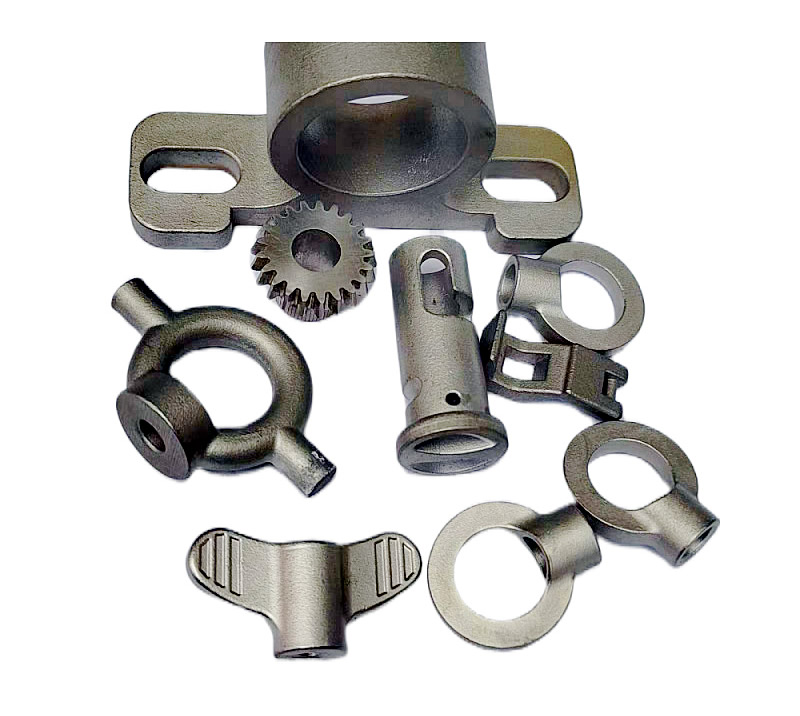Stainless Steel Investment Casting: The Complete Guide
I. Introduction
Investment casting, often known as lost-wax casting, is an ancient manufacturing technique that dates back thousands of years. It has seen significant evolution since its inception, and today, one of the most popular materials used in this process is stainless steel. Known for its robustness and versatility, stainless steel brings numerous benefits to the investment casting process.
II. A Brief History of Investment Casting
Ancient civilizations first developed investment casting for creating detailed artwork and jewelry, often out of precious metals. However, the industrial revolution of the 19th century brought new life to this age-old technique. The development of stainless steel in the early 20th century opened a world of opportunities for investment casting. Its superior strength, corrosion resistance, and heat tolerance made it the perfect candidate for various industrial applications.
III. Understanding Stainless Steel
At its core, stainless steel is an alloy composed primarily of iron, carbon, and chromium. The chromium content, usually at least 10.5%, provides a thin oxide layer on the surface, giving the metal its renowned corrosion resistance.
Different types of stainless steel are used in investment casting. Austenitic stainless steel (including 304 and 316 grades) is popular due to its high-temperature resistance and excellent formability. Martensitic stainless steel (410 and 416 degrees) is chosen for hardness and strength applications.
Stainless steel brings multiple advantages to investment casting. It allows for high precision, producing parts with complex geometries and close tolerances. It’s also extremely durable and resistant to rust and heat, making it suitable for demanding applications.
IV. The Investment Casting Process with Stainless Steel
Investment casting with stainless steel is a detailed process involving several key steps:
- Creating the pattern: The process begins with a master pattern, typically out of wax or a similar material. This pattern is a replica of the part to be produced.
- Shell building: The pattern is dipped into a ceramic slurry to create a shell around it. This step is repeated several times to build up the shell’s thickness.
- De-waxing: The shell is heated to melt away the wax pattern, leaving a hollow ceramic mold behind.
- Pouring: Molten stainless steel is poured into the hollow ceramic mold.
- Cooling and solidification: The mold is left to cool, allowing the stainless steel to solidify and take the shape of the mold.
- Shell removal: The ceramic shell is broken away, revealing the cast stainless steel part.
- Finishing and inspection: The part undergoes finishing processes like grinding, polishing, or heat treating as required. It is then inspected for quality and accuracy.
V. Key Applications of Stainless Steel Investment Casting
Stainless steel investment casting is utilized across various industries, including aerospace, automotive, medical, oil and gas, food processing, and more. It’s used to create a myriad of components, from engine parts in airplanes and automobiles to surgical instruments, kitchen appliances, and oil drilling tools.
VI. Advantages of Stainless Steel Investment Casting
Investment casting with stainless steel is known for its cost-efficiency, especially when producing complex or detailed parts that would be difficult or expensive to machine. Stain steel’s superior strength, durability, and corrosion resistance make it ideal for components exposed to harsh conditions. Moreover, the process allows for a high level of design freedom, enabling the creation of parts with intricate details and shapes.
VII. Challenges and Solutions in Stainless Steel Investment Casting
While stainless steel investment casting is incredibly advantageous, it presents certain challenges. These may include potential defects such as porosity or shrinkage and the high initial setup cost. However, these challenges can be effectively managed with meticulous process control, expertise, and advanced technologies.
VIII. The Future of Stainless Steel Investment Casting
The future of stainless steel investment casting is brimming with potential. Technological advancements such as automation and additive manufacturing could enhance the process’s efficiency and precision. Simultaneously, the push towards greener manufacturing methods is likely to influence future developments, with a focus on reducing waste and improving energy efficiency.
IX. Conclusion
Stainless steel investment casting has come a long way since its early days. It offers an unmatched combination of precision, strength, and design flexibility, making it a favorite in various industries. As technology evolves, this time-honored process is set to become even more valuable and versatile.
X. References and Further Reading
For more information on stainless steel investment casting, consider visiting industrial manufacturing websites, scholarly articles on material science, and publications on advancements in casting technologies. From understanding more about different alloys to the latest in casting developments, a wealth of knowledge is waiting to be discovered.

